Rafał Boettner-Łubowski | VARIOUS ARTEFACTS: Selected Works (2004 – 2025) (retrospective solo exhibition)
Venue: MBWA Gallery, Leszno, 5 Leszczyńskich Str.
Duration of exhibition: 26.09. – 31.10. 2025
Opening: 26.09.2025, 18:00
The exhibition features selected works by Professor Rafał Boettner-Łubowski, which he created from 2004 to 2025, using a noticeable diversity of media. The artefacts encompass the fields of digital graphics and animation, combine-painting compositions, as well as visual works incorporating text, unconventional arrangements, and spatial objects. Despite the disciplinary and structural heterogeneity of the exhibited pieces, the selection proposed by Professor Boettner-Łubowski reveals certain common elements. These include: a high level of technical and formal precision, a reflective and considered approach to meaning, visual appeal, and a proclivity for artistic experimentation which does not, however, preclude a search for harmony—understood in a contemporary and pluralistic sense—within the broader notion of what a work of art might constitute today.
The art I create is most often reflective and dialogical. Its content is intentionally open to multiple interpretations and grounded in references to tradition, while also critically engaging with entrenched cognitive schemas and various artistic and cultural stereotypes. I wish to emphasise that in my creative practice, I have always had a distant approach to the ironic or derisive treatment of both historical and contemporary art. This stance stems in part from the specificity of my personality and my personal inclinations towards experiencing states of melancholy and a pessimistic perception of many phenomena and processes around me. As a result, the art I create is imbued with a distinct aura of seriousness. Even when elements of irony do appear, they are so ambiguously expressed that they cannot be easily associated with ‘postmodern’ irony or humour (Rafał Boettner-Łubowski, 2025).
Professor Rafał Boettner-Łubowski, PhD (born 1974) is a sculptor and a visual artist. He is also active in the fields of art theory, criticism, and promotion. He studied at the Academy of Fine Arts in Poznań from 1994 to 2000, completing programmes in the Faculty of Painting, Graphic Arts and Sculpture, as well as the Faculty of Art Education. He received his PhD from the Faculty of Sculpture at the Academy of Fine Arts in Gdańsk in 2006, and completed his postdoctoral qualification (habilitation) at the Faculty of Sculpture and Intermedia, Academy of Fine Arts in Gdańsk, in 2014. He was awarded the title of Professor in 2024. His practice encompasses installations, objects, and spatial compositions that engage in dialogue or critical polemic with pre-existing artworks, artistic attitudes, and stylistic poetics. In his work, he also explores selected possibilities afforded by digital techniques. His work frequently draws inspiration from the expansive tradition of art—ranging from antiquity through the early modern era to the nineteenth century—which he interrogates through layered acts of reference and critique. Boettner-Łubowski is the author of over one hundred texts on art theory, criticism, and promotion. As a theorist, he focuses primarily on aesthetics and the history of sculpture, as well as on contemporary interdisciplinary artistic practices. Since 2002, he has published his theoretical reflections in the journal Kwartalnik Rzeźby ‘Orońsko’ [Orońsko. Sculpture Quarterly]. Another key focus of his theoretical work is the issue of quotation and creative imitation within the arts. He currently holds the position of Professor at the Faculty of Art Education and Curatorial Studies of the Magdalena Abakanowicz University of the Arts in Poznań, where he heads the Studio of Open Interpretations of Art. In his academic teaching, he is known as Rafał Łubowski, whereas his publications, exhibitions, and scholarly presentations are presented under the pseudonym Rafał Boettner-Łubowski.
VARIOUS ARTEFACTS
Rafał Boettner-Łubowski does not confine his creative practice to a single medium or artistic discipline. On the contrary, he works with equal success in sculpture, painting, printmaking, digital animation, and unconventional spatial installations. His works are, on the one hand, open to tradition and to what has ‘occurred’ in the course of human artistic inquiry; on the other, they are, in their own way, experimental. Boettner-Łubowski holds historical art in high regard—particularly that of the nineteenth century—while also drawing creative inspiration from the legacy of twentieth-century Surrealism and Dadaism. These fascinations manifest in his frequent use of ‘found’ or ‘ready-made’ objects and in his emphasis on a certain ambiguity and oneiric quality within the visual aura of his works.
A further key characteristic of Boettner-Łubowski’s oeuvre is its reflective nature, along with a prevailing mood of solemnity and melancholia—moods markedly distinct from the irony and specific humour associated with postmodernism. Interestingly, despite his reserved approach to postmodern strategies of irony and parody, Boettner-Łubowski does adopt—radically, even totally—another creative method central to postmodern practice: the wide-ranging appropriation and citation of visual references. These appear in both a recognisably ‘direct’ form—through the quotation of specific motifs from existing artworks—and in more evidently transformed manifestations, involving stylisation, paraphrase, or other forms of metamorphosis of selected (well- or little-known) artefacts, artistic conventions, or stylistic approaches. This approach enables Boettner-Łubowski to activate, through his creative output, a discourse of ‘art about art’ or ‘art about culture.’ However, it is important to note that this self-referential dimension is not the only layer through which his complex and profoundly polysemous visual artefacts can be experienced.
Within Boettner-Łubowski’s oeuvre, several distinct ‘media enclaves’ may be identified, within which the artist constructs his visual statements. In recent years, digital graphic art has become a particularly significant domain for him. These works are either displayed on large- format television or monitor screens, or edited into printed and framed paper versions—though the former method of display appears to hold greater importance for the artist, offering, in his view, a higher potential. As Karolina Rosiejka observes: In Rafał Boettner-Łubowski’s work, the glossy surface of the screen displays the afterimages of fractured historical artefacts, fragments of bodies drawn from old paintings, or ruins captured by the masters of the past. Reassembled … anew in the present, they reconfigure the shapes of what has passed, with digital graphic art emerging as a powerful tool for engaging in dialogue with history. It is a flash of a different light, emanating from a horizon composed of fragments of what has already existed. A solemn murmur is filtered, configured, and embedded in the luminous darkness of the screen. The displayed works flicker with the light of the matrix, creating a new—albeit perpetually unstable—whole,
open to multiple interpretations. 1
In the artist’s digital graphic works, unconventional luministic effects and the dematerialisation of digital images assume particular significance. Equally important are the transformations and metamorphoses of quoted motifs, which are reworked to activate new emotional and semantic potential. Boettner-Łubowski draws on both his own photographic works and reproductions of selected artworks as starting points for further creative exploration. He frequently employs black geometric forms to obscure certain areas of the visual composition. Additionally, he creates a ‘dark atmosphere,’ exploring ‘unknown spaces’—perhaps cosmic, perhaps underwater, or possibly, in some sense, beyond sensory perception. In other cases, he juxtaposes visual elements with textual ones. All of this is undertaken to invite viewers to uncover the emotional and conceptual depth of his art—an aspect the artist clearly prioritises over formal or structural concerns.
As previously noted, the use of ‘found’ or ‘ready-made’ objects is of particular importance in Boettner-Łubowski’s work. The artist constructs a variety of spatial objects in which specific items are either directly employed or serve as significant points of departure for further transformation. For instance, within this context, several quasi-sculptural objects that occupy a notable position in Boettner-Łubowski’s oeuvre include HOMMAGE À MUYBRIDGE? and HOMMAGE À L’OBJET (?) OU HOMMAGE À MAN RAY (?). In the former, the artist creates bronze casts—‘copies’ of body parts from a mid-twentieth-century doll once belonging to his mother—which he then combines with granite cobblestones, suggesting a visual spectacle in which the figurative motif appears to emerge from and recede into raw, stone-like forms. The latter work, HOMMAGE À L’OBJET (?) OU HOMMAGE À MAN RAY (?), takes the form of a ‘neo- surrealist’ objet d’art, incorporating an old iron and a miniature bronze cast of a caryatid motif. Both works are striking and atmospheric, yet they also question various cultural stereotypes
and clichés, inviting viewers to engage in reflection and interpretation.
Another important area of the artist’s creative experimentation involves the production of intimate combine-painting compositions, in which landscapes stylised to resemble early twentieth-century museum pieces are juxtaposed with carefully selected found objects. In addition to these small-scale quasi-sculptural works and combine paintings, Boettner- Łubowski has, over more than two decades, created numerous interdisciplinary spatial installations. These frequently feature the coexistence of elements drawn from various contemporary visual art media. Many of these installations are distinctly experimental. For example, in his CITATIONS series from around 2010, the artist used polyester dog figures purchased from one of the then-popular Polish home-décor stores. Whenever these works were publicly exhibited, the artist always provided information regarding the origin of these objects. This strategy has reappeared throughout his later work, recontextualised in new creative inquiries and explorations.
The exhibition ‘VARIOUS ARTEFACTS: Selected Works (2004–2025),’ held at the Municipal Art Exhibition Bureau (Polish: Miejskie Biuro Wystaw Artystycznych) in Leszno, is a retrospective presentation showcasing selected pieces Boettner-Łubowski created over the past twenty-one years of his artistic practice. It offers an opportunity to engage with the specific nature of his works, while also serving as a potential point of departure for various educational initiatives—such as lectures or workshops—devoted to selected topics in the visual arts. This is possible in large part because Boettner-Łubowski’s works are deeply embedded in the discourse of culture, art, and its history. Moreover, his works are characterised by their polysemy and multi-layered reception, enabling both viewers and those involved in contemporary art education to identify diverse contexts, interpretative pathways, artistic-cultural analogies, and cultural discourses. At the same time, Boettner-Łubowski’s art is not didactic in nature. Its various manifestations also function successfully as mature, contemporary artistic statements, clearly resonant with many of the current shifts and re-evaluations taking place within the cultural and artistic landscape.
- See the group exhibition catalogue, available at:
https://www.wbc.poznan.pl/dlibra/publication/650704/edition/561784/content, p. 7 (accessed 15 July 2025).
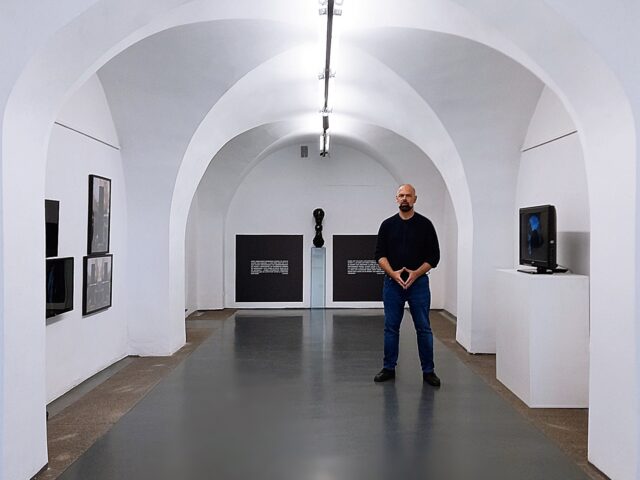
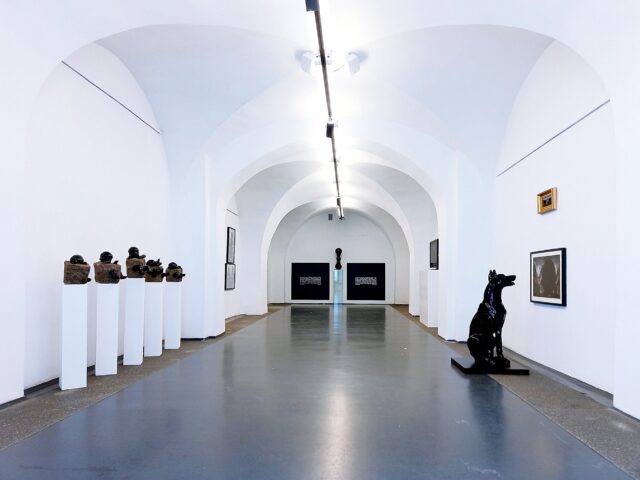
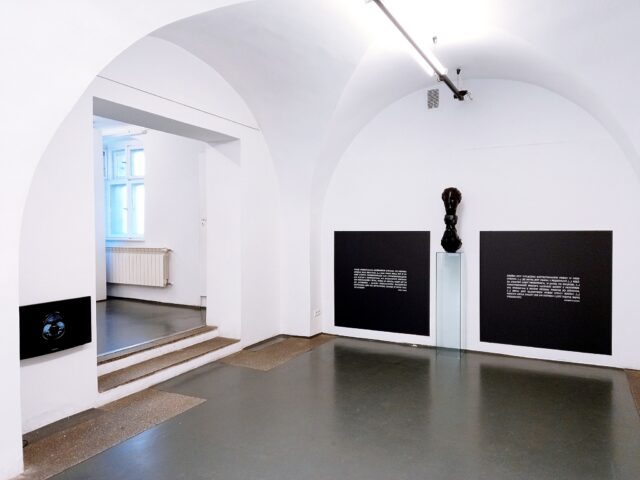
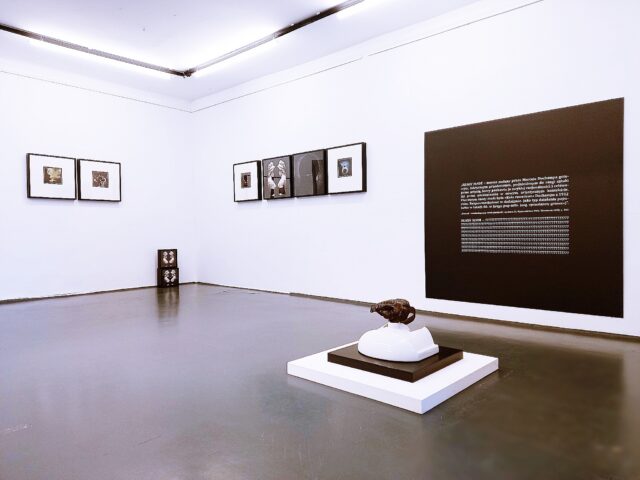
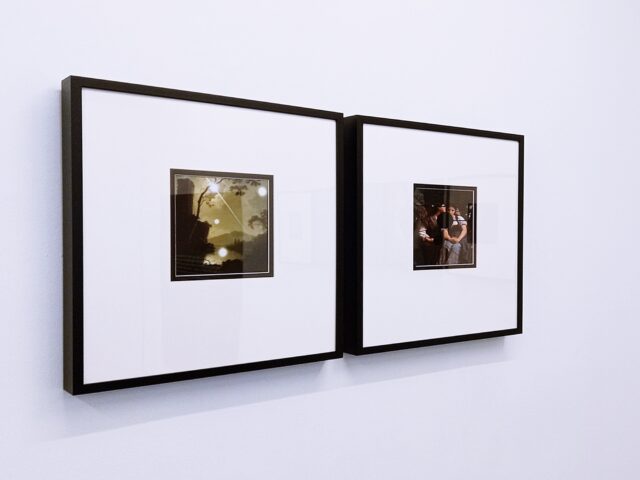
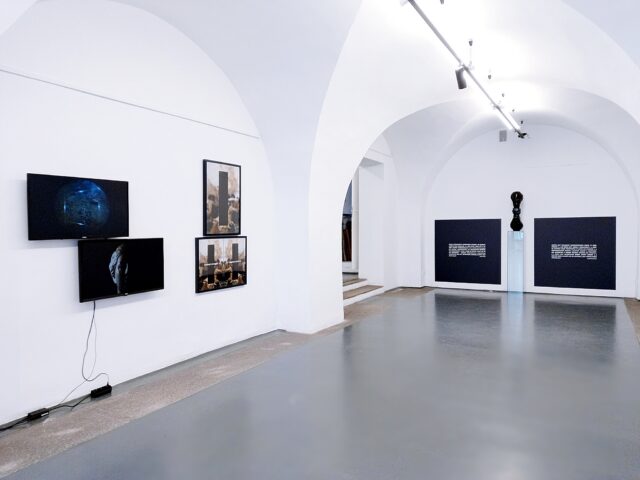
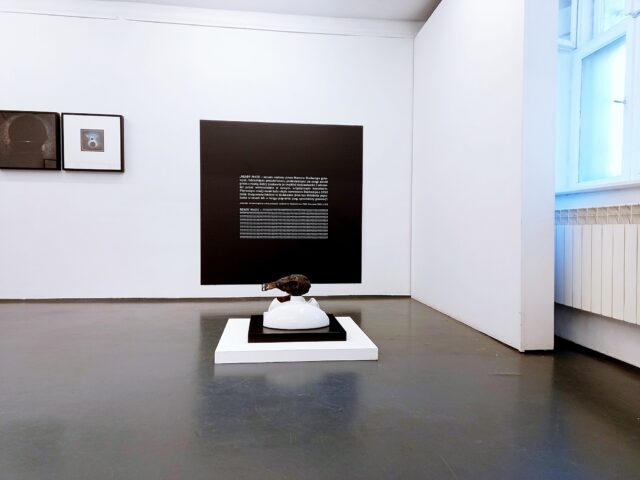
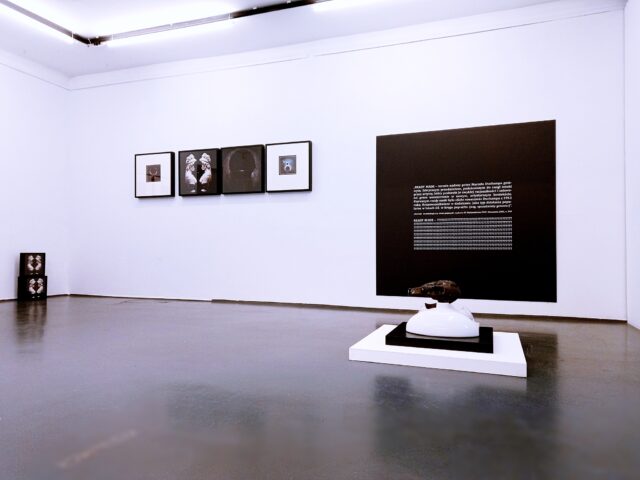
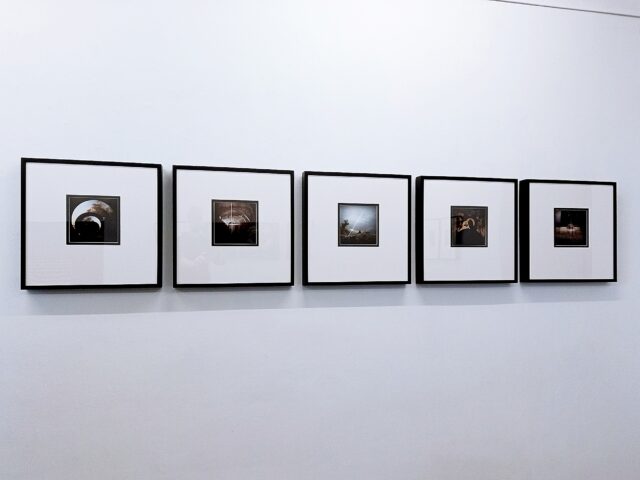
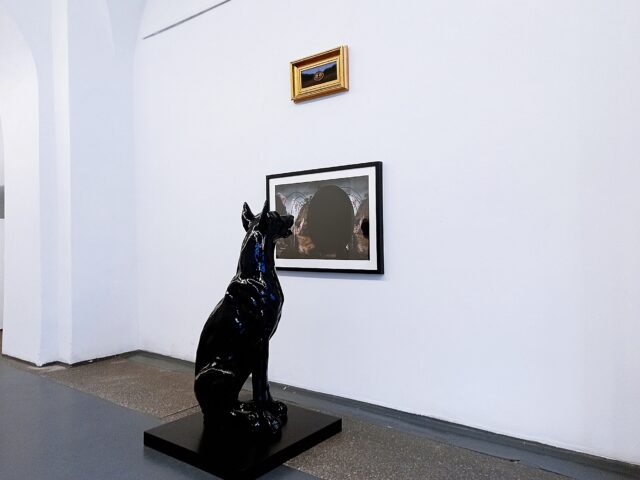
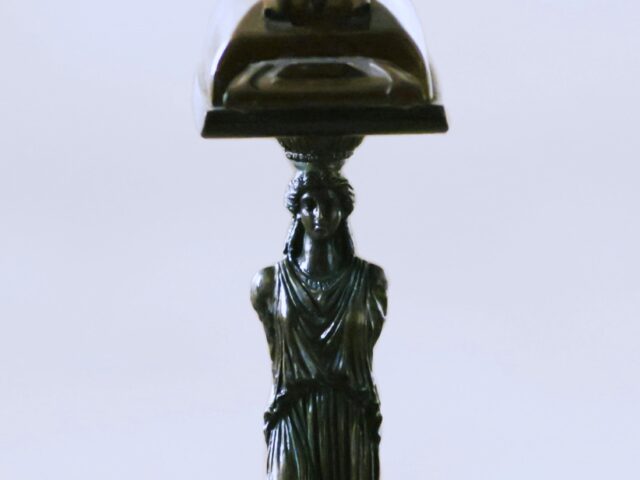
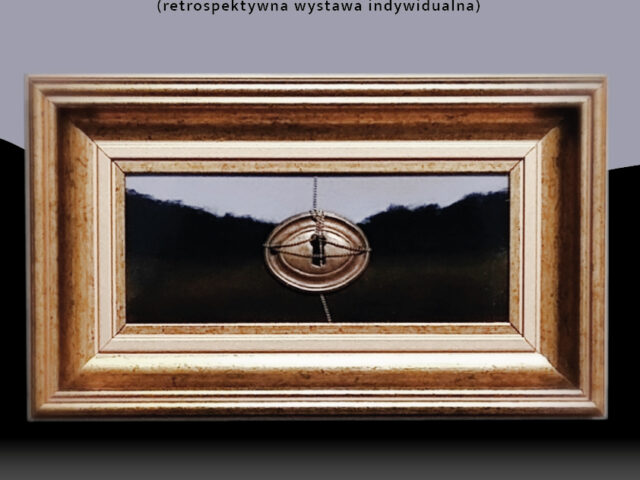
- Author: o.petrenko
- Published on: 26.09.2025, 13:06
- Last edit: 26.09.2025, 13:30

